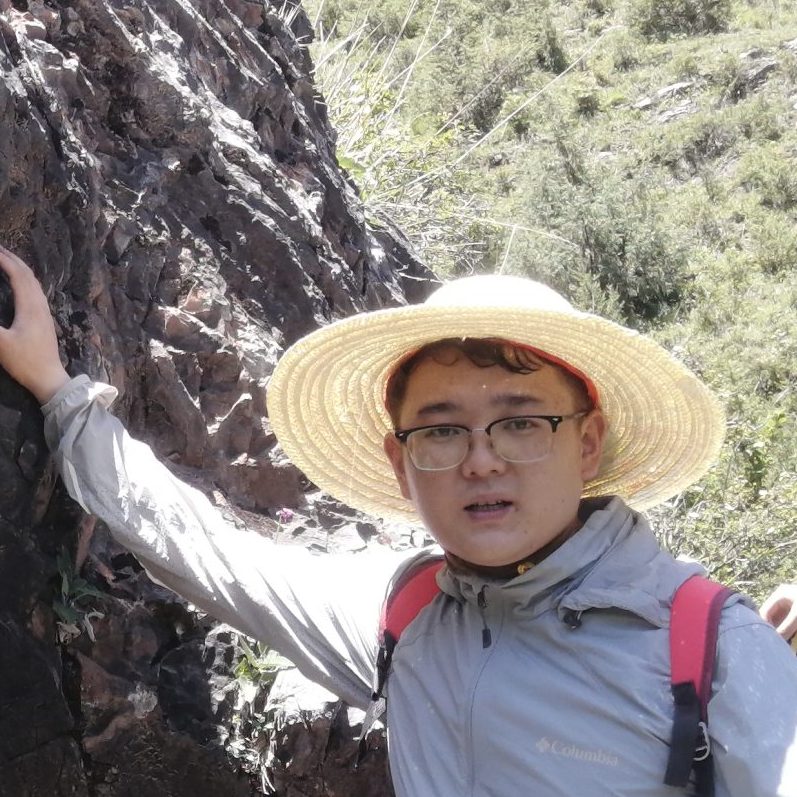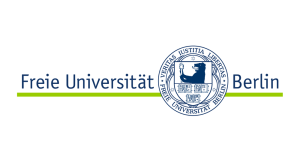Core Team
-

Douwe is a geologist. He works as Professor of Global Tectonics and Paleogeography at Utrecht University. He investigates the plates, oceans, and continents that were lost to subduction. For this, he uses geological remains of these lost plates: rocks that are found in mountain belts all over the world, and subducted plates that can be seen in cat-scans of the Earth’s interior. Since 2021, he has been explaining the geology of pro-cycling races, including but not restricted to the Tour de France.
-

José studied geography, history, French and Spanish at the University of Amsterdam but didn’t finish one of them. After a few years of office life she followed her passion and started a company with the aim of combining her love for cycling and her talent for languages and history. Never in her wildest dreams could she imagine becoming a Eurosport cycling commentator. She covered Tour de France and Vuelta five times plus World Championships and big Classics in Dutch and English. At the Geosports project she uses her complete lack of knowledge of geology to make the scientific blogs accessible and easy to read for everyone.
-
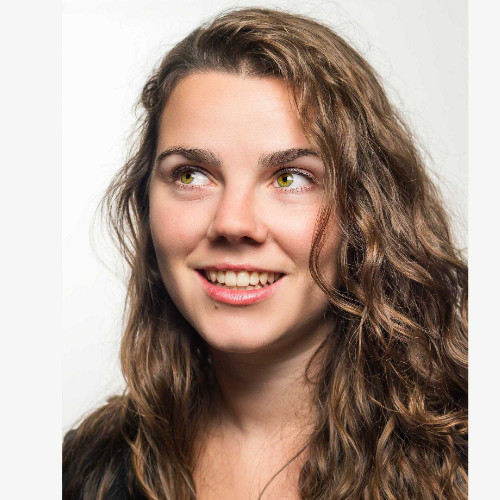
Marjolein studied geology and is currently a junior lecturer for the department of Earth Sciences at Utrecht University. During her study she focused on stories told from the insides of long-dead volcanoes, the movement of tectonic plates, and how rocks can bend and break. She also uses her theatrical background to share her excitement about geology and all things science with anyone who will sit still for long enough. This year she became a host in the videos explaining the geology of the Tour de France-Femme, but she can also be found travelling around the theaters of The Netherlands as a host for a primary school science show.
-

Mark Carpenter is a producer, screenwriter, and director of earth science documentaries, and produced and directed the Geology of the Tour de France clips 2023. His work has featured on the Science Channel – Faces of Earth, and the award-winning spin off series Visions of Earth. Recent films focused on challenges to energy literacy in the Andes and Amazon of Ecuador (SEED) and the impact of Covid on a watershed study in U.S. Schools (STREAMS). His vision combines experiences in geoscience education at the American Geosciences Institute, near Washington D.C. with film school in New York. As a passionate filmmaker, he strives to reveal the exciting story of our planet through the places and people that study it. Carpenter also loves to ride bikes. Once a triathlete, he’s now happy to get out in lycra or with a shopping bag.
-
Contribuenti
-

My PhD focuses on the effect of both hydraulic forces and bedload on the morphology of alpine rivers. In the context of risk management or river restoration, the aim is to give sizing keys for river manager. A better undertanding of the process involved in sediment transport and its consequences on the morphology are studied through an experimental flume in INRAE lab and a field survey on a reach of the Severaisse, a typical alpine gravel-bed river in the Ecrin range. The flume is a small-scale model of the Severaisse river, where we analyse the evolution of the bed according to different hydrograph associated with sediment pulses using photogrammetry. In the field, we use geophones as a proxy of bedload and we installed timelapse camera to survey the morphological changes on an active braiding reach.
-

-
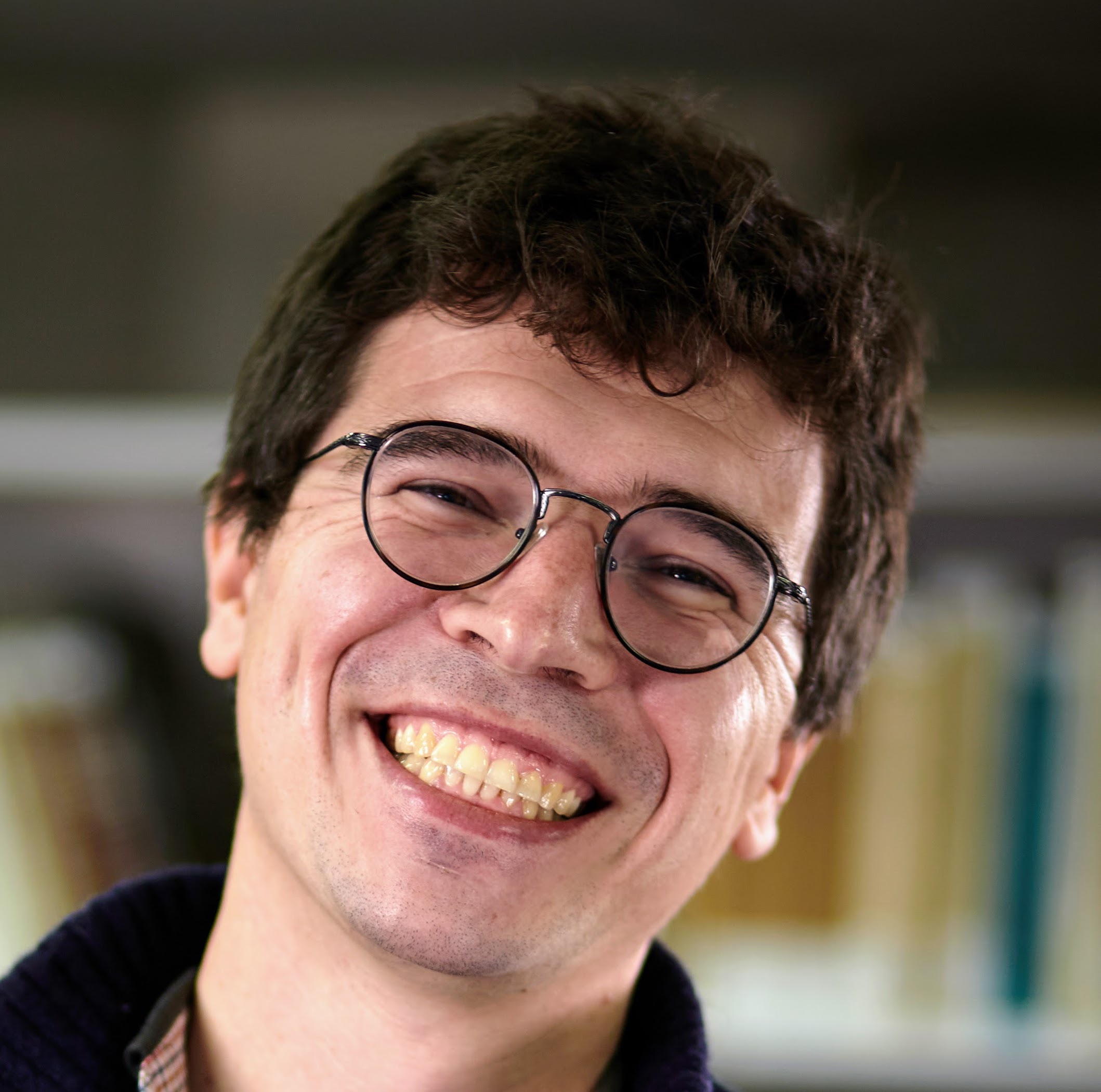
I use sedimentary archives to study the links between Climate, Tectonics, and Life through geologic time. My work involves geological fieldwork and sampling, geochemical and geochronological analyses. I date sedimentary deposits and decipher their sedimentological and geochemical features to reconstruct past climates, paleogeographies, and ecosystems. I would lie if I said that I bike a lot, and I have never watched the Tour de France. But tell me exciting stories about ancient rocks and mystery fossils, and I am on board!
-

-

My goal is to figure out how subduction zones get started, and after they start, how they change through time. I combine structural geology in the field and mineral and isotope chemistry in the lab (metamorphic petrology and geochronology) to reconstruct plate tectonic histories from ancient subduction zones. I’ve studied rocks from Greece, Oman, and Quebec, and I’m adding to the list! Fun Fact: I’m a Bostonian who has lived in Australia, Texas, and Montréal before transplanting to Europe. I’m also a first generation college/university student!
-

I am a Research Associate at the Regional Geology department of the Geological Survey of Slovenia. I obtained my PhD at the Department of Geology of the University of Ljubljana. My scientific interests include Marine Geology, Geohazard, Geomodeling and Geomorphology. I (mostly) work in the Gulf of Trieste in the Adriatic Sea and the Dinarides. I got drawn into the world of cycling long before the “Slovenian golden era” by afternoon summer Tour de France broadcasts.
-
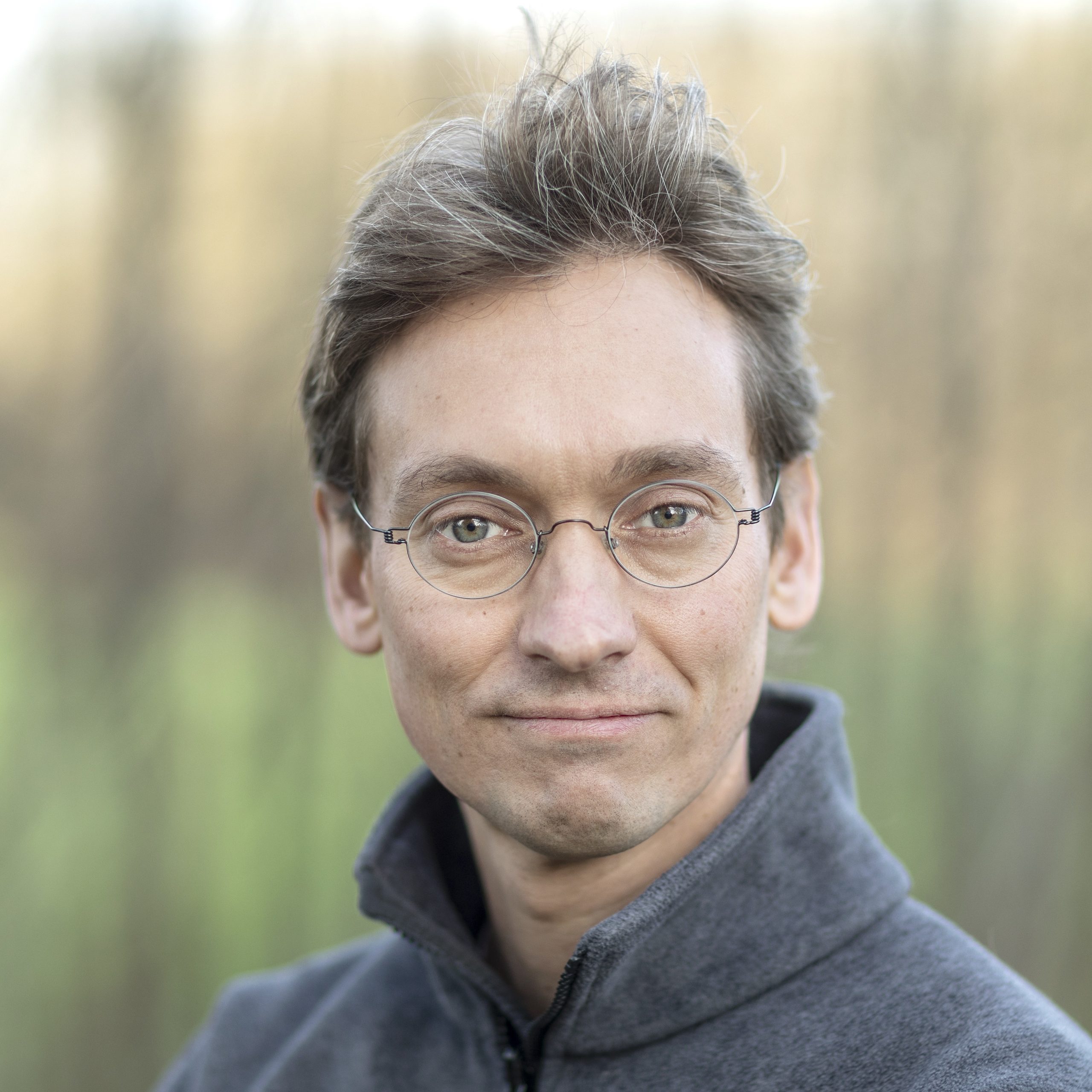
-

Arwen Deuss is professor of structure and composition of Earth’s deep interior at Utrecht University in the Netherlands. Before arriving at Utrecht in 2014, she spent ten years at the University of Cambridge as a fellow of Pembroke College and lecturer (and then reader) in Earth Sciences. She studied Geophysics at Utrecht University and obtained her D.Phil (PhD) from the University of Oxford in 2002. Her research focuses on using seismic waves generated by earthquakes to image the Earth’s deep interior, like making a brain scan. She is particularly interested in using whole Earth oscillations, which make the Earth ‘ring like a bell’.
-

-

Bernhard is from Germany but has also been studying and working in Scotland, USA, Taiwan, Japan and Norway before settling down in Potsdam. His research interests include the geodynamic modelling of mantle plumes and large-scale mantle flow, and the relation to geoid, topography, volcanism, plate tectonics and true polar wander. My life is centered on 11°E, and in one of my peer-reviewed publications I managed to sneak in an argument why this would be a more natural choice for defining the zero meridian.
-

Bram is a postdoctoral researcher in the Coupled Earth Systems group at the University of Milano-Bicocca, studying the interactions between tectonics and climate during the Cenozoic. In June 2023, he obtained his PhD at Utrecht University on the use of paleomagnetism in reconstructing past plate motions. Since he grew up in a completely flat country (The Netherlands), he likes to spend his weekends exploring the mountains and glacial lakes of the nearby Southern Alps.
-

-

Dr. Danny Stockli is a Professor of Tectonics and Structural Geology and the head of the Dept. of Geological Sciences in the Jackson School of Geosciences at the University of Texas at Austin. He originally stems from Switzerland and received his undergraduate degree from ETH Zurich, before moving the USA in 1995 for his doctorate at Stanford University and a postdoctoral researcher position at Caltech. He subsequently taught as an Assistant and Associate Professor for ten years at the University of Kansas, before becoming a Professor at the University of Texas. He is an expert in Tectonics, Structural Geology, and Geo- and Thermochronometry and is interested in the timing and rates of plate tectonics processes, incl. mountain building and continental rifting and break-up. Stockli has worked around the world and ovr the past decade he was worked extensively on both Cretaceous rifting and Cenozoic collisional tectonics in Pyrenees in France and Spain. He has published nearly 200 peer-reviewed articles and advised over 50 Ph.D. and M.S. students.
-

David De Vleeschouwer is a geologist specializing in the study of Earth’s past climates. Fascinated by rocks and maps from a young age, he pursued geography and geology at Vrije Universiteit Brussel, earning a Ph.D. in Devonian paleoclimatology. His research focuses on understanding how small changes in the Earth’s position relative to the Sun, known as Milankovic cycles, influenced climate and ecosystem shifts before humans were playing their part. David’s global travels have taken him to Mongolia, South Africa, Illinois, and offshore Australia to study these climate cycles in the geologic record. In his free time, he enjoys running and cycling in the Bremen flatlands, the Cretaceous Münster basin, or the folded Belgian Ardennes.
-

Dennis Voeten studied geology and palaeoclimatology at the Vrije Universiteit Amsterdam, during which he conducted field work in, among other locations, Spanish and French Basque Country. Dennis subsequently enjoyed a professional stint in archaeology before completing his PhD in Zoology at Palacký University in the Czech town of Olomouc. His doctoral research relied on powerful X-rays to visualise and study valuable and rare vertebrate fossils. Dennis continued his palaeontological research career at the Swedish Uppsala University and became curator of fossil vertebrates at its Museum of Evolution. Dennis recently returned to his home country of the Netherlands, where he works at the Frisian Museum of Natural History.
-

My name is Derya – I am an Earth and Marine Scientist. My research revolves around tectonics and the evolution of Earth’s outer shell (the lithosphere) through geologic time, although I have not yet dared to go deeper beyond the Jurassic. I apply a combination of field-based methods with laboratory analyses – sometimes at sea, sometimes on land. Fun fact: my first word was ‘fish’ and I have been fascinated (if not obsessed) with fish since I was a little girl. During my undergraduate geology degree, I had a fascination for biology and palaeontology. However, when on a fieldtrip in a “Lagerstätte” in southern Germany I stepped on and broke a perfectly preserved Jurassic (180-million-year-old) fish fossil (a survivor of a mass extinction event), I decided it was better to move to another subdiscipline within geology.
-

Douwe van der Meer is a geophysicist by background and a subject matter expert in plate tectonic processes and tectono-stratigraphic evolution of basins. Following his graduation as MSc. at the tectonophysics group of Utrecht University, Netherlands in 2002, he continued research on mantle structure and plate tectonic reconstructions. After a sabbatical at the geodynamics group at the Norwegian Geological Survey in Trondheim in 2009, publications followed on global subduction and causal effects on earth’s climate and sea level, culminating in a PhD. cum laude in 2017. Over the past 20+ years he has worked in various roles in the energy industry, based in the Netherlands, U.K. and U.S.A. As an explorationist and Earth system-enthusiast his work and research has covered all continents and time-spans from the Archean to Cenozoic. Currently he is Sr. Manager New Ventures at CNOOC International in London and guest researcher at Utrecht University. In his spare time he trains for triathlons including cycling time trials.
-

Elinor Meredith is a Research Fellow in Global Volcanic Risk at the Centre for Disaster Resilience, at the University of Twente, The Netherlands. Her research interests broadly include volcanic risk, exposure and vulnerability to volcanic hazards, and impact assessment. Prior to this position she completed her PhD in 2023 at the Earth Observatory of Singapore analysing the impacts of lava flows on the built environment, and later was a Research Fellow quantifying the exposure of cities to volcanoes.
-

I am a palaeobiologist, so I try to understand evolutionary and ecological processes through the lens of the rocks in which they have been preserved. This is a journey from single crystals under an electron microscope to biodiversity at the scale of entire palaeocontinents. I get to share the joys of this journey with students, which is very rewarding.

-

Fadl Raad is a Lecturer and Research Assistant in Geosciences at the University of Corsica (France). Growing up in the mountainous region of Baalbeck, Lebanon, Fadl’s fascination with the secrets of nature and the stories hidden within its landscapes ignited a passion for exploration and discovery from a young age. This deep-rooted love for nature led Fadl to pursue a degree in Geology at the University of Trieste (Italy), where he delved into the intricate workings of the Earth’s geological processes. It was during this time that his interest in geology blossomed into a lifelong pursuit, fueled by his innate curiosity and desire to understand the complexities of the natural world. Fadl’s academic journey culminated in the completion of a Ph.D. in geosciences, a feat achieved after three years of intensive research focused on the Messinian Salinity Crisis. His doctoral project, undertaken as part of the prestigious SaltGiant International Training Network, delved into the geological phenomenon with a keen eye for detail and a dedication to unraveling its mysteries.
-

I am originally trained as a soil scientist, but I got lost in the world of lipid biomarkers during my PhD. Lipid biomarkers are molecules produced by (micro)organisms and plants. Their occurrence or molecular structure in sedimentary archives provides us with information on the climatic conditions during which they were produced. I love labwork (almost) as much as I love fieldwork. As a proper Dutch person I own 5 bicycles. I used to ride long distances and go on bikepacking trips until life took over and I now mostly go around electric. I do continue collecting veloviewer tiles, combining cycling with looking at maps!
-

Frank Zwaan is a researcher at GFZ Potsdam (Germany) who specializes in plate tectonics and natural resources. After building sandcastles as a child he went on to study Earth Sciences, in part because of the frequent and adventurous field trips and excursions abroad. During his studies in Amsterdam and Rennes he was delighted to learn that he could in fact use sand to simulate plate tectonic processes in the laboratory, which has since then become a major aspect of his research. Frank completed a PhD on rift tectonics at the University of Bern, followed by a project in Florence that included a field expedition to the East African Rift. After a return to the tectonic lab in Bern, he moved to Potsdam. Here he uses tectonic computer models to study how rocks deep in the earth can be brought close to the surface, where may react with water and produce hydrogen gas. Such “natural hydrogen” is a potential carbon-neutral alternative for current fossil fuels, and harnessing its full potential may revolutionize our energy use. Although these are exciting times to study natural hydrogen, we can still find Frank in the good old lab now and then, to “touch sand”, as it were.
-
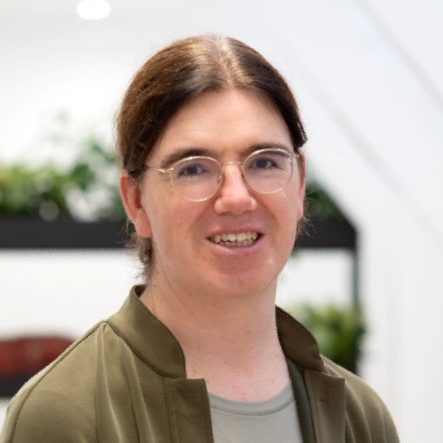
Geneviève Spits grew up in Valkenburg, near the famous Cauberg. Since her childhood she practices cycling during leisure time. She studied geology in Leuven and law in Leiden. Since a couple of years, she works as senior inspector at Autoriteit Persoonsgegevens (Dutch DPA). By writing for geo-sports she can combine her passion for geology and cycling.
-

-

-

Hessel Woolderink PhD is a quaternary geologist and geomorphologist. After studying Earth Sciences at Utrecht University and obtaining his PhD from the Vrije Universiteit (VU) in Amsterdam, he is currently employed as a researcher specializing in geomorphology and landscape dynamics at Wageningen Environmental Research. His expertise lies in the morphology and morphodynamics of river systems as well as Quaternary geology of the Netherlands. Utilizing a systems approach to landscape analysis, he investigates the interrelationships among geology, soil, water, and land use.
-

-
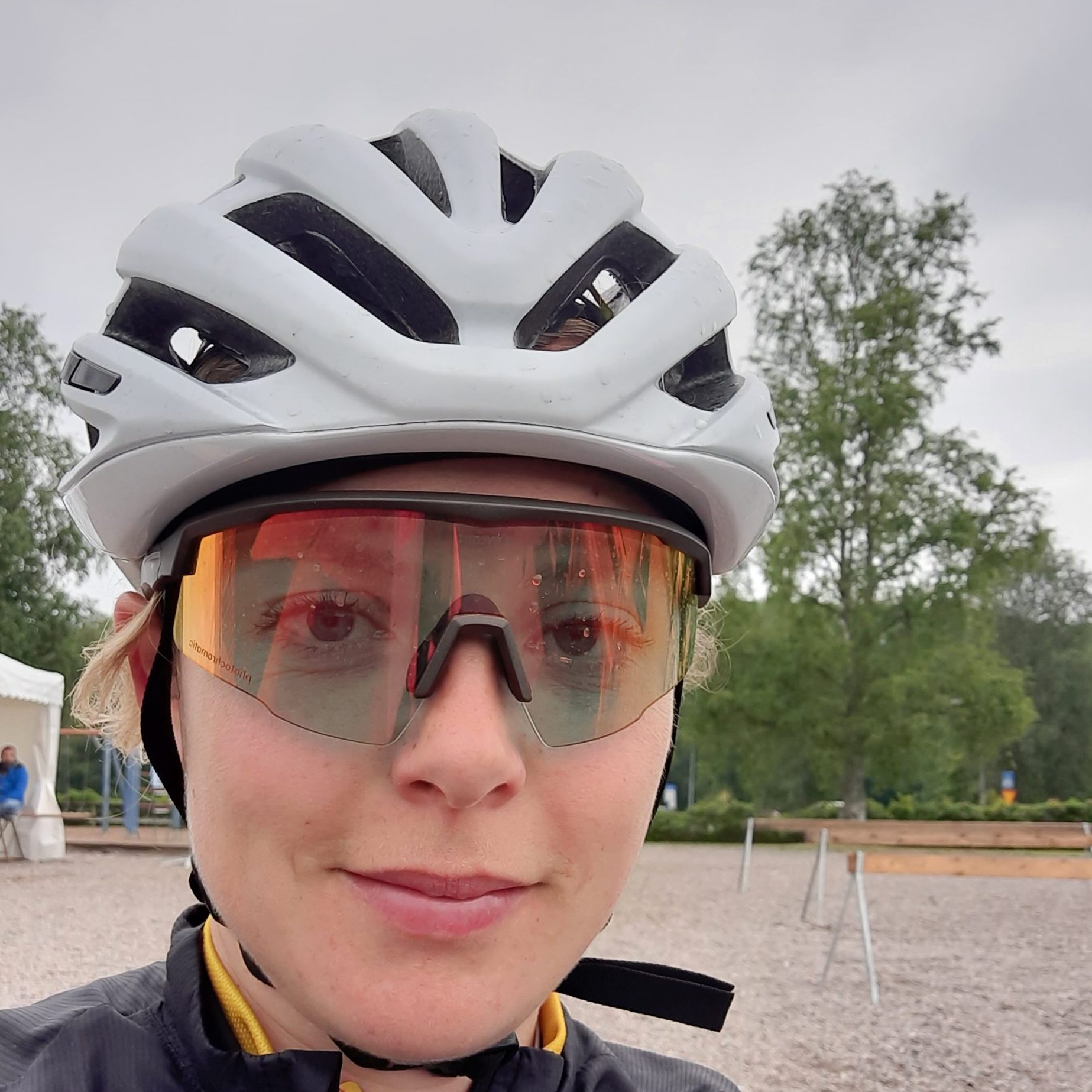
Since 2019, I have been working as a geologist at the Geological Survey of the Netherlands (GDN), part of TNO. The GDN has existed for more than 100 years and is the independent Dutch knowledge and research center of the subsurface. The ‘world’ beneath our feet provides us with clean water, energy and various minerals. The structure and properties of the subsurface determine how the underground space can be used. They also determine the vulnerability of soil and groundwater systems. In addition to being a geologist, I am also a cycling enthusiast. Eight years ago I got on a race bike for the first time for a ride with my uncle and nieces. I was immediately sold and over the years I have become more and more fanatical. Because I love active holidays, I have been going on cycling vacations at least once a year for the past few years. For example, last year I crossed Tuscany with a friend and the year before that I rode the long-distance tour Vätternrundan with my “cycling uncle and niece” in Sweden. For my colleagues, I organize a “social ride” every month in the beautiful surroundings of Utrecht during the cycling season.
-

Jan Smit is a retired professor the VU in Amsterdam. From his PhD thesis in 1981 on the catastrophic impact of the meteor at Chicxulub, this field, and the KT boundary were at the center of his research. Jan has worked in Amsterdam, UCLA, Caltech and Berkeley, among others. He is a highly decorated geologist with publications in both Nature and Science.
-

I studied Geosciences at the University Münster and wrote my master thesis last year studying cyclostratigraphy in the Devonian Kellwasser Crisis. After graduating, I started to work in public relations in Münster, reporting about news from the Institutes of Geology and Paleontology, Mineralogy, and Planetology. My goal is to share my passion for science with others and encourage people to follow their curiosity. I love fieldtrips and lab work as well as mountain sports, photography and filmmaking. In public relations I found a way to combine all these passions in a job.
-
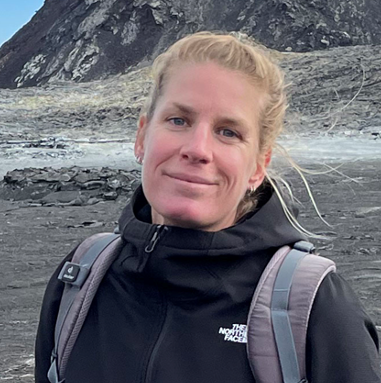
I am associate professor at the Earth Science Department of the VU Amsterdam. As a deep Earth geochemist I study the composition of volcanic rocks from around the world. My research aims to understand large-scale tectonic processes that control deep element cycles. I am specialized in analyzing compositions of very small (<1mg) samples using advanced mass-spectrometry techniques. I climbed over 20 volcanoes but never by bike.
-

-

My objective is to understand the tectonic-relief-erosion interactions during the quaternary climatic cycles; indeed the quaternary is characterized by an increase in erosion. The question is to understand how a mountain range reacts to such an increase, both in terms of localization of movement along faults in the upper crust and in terms of of uprising? For this it is also necessary to understand where the erosion is particularly increasing in a chain and what are the dominant erosive processes during the glaciation-deglaciation cycles.
-

I am Jesse, an enthusiastic Earth Sciences student at the University of Utrecht. I am interested in geological processes and climate change and am driven to unravel the secrets of our earth. In addition to being an earth scientist, I am a passionate cycling enthusiast. In my free time I like to get on my road bike and explore the landscape on two wheels. So the GeoTDF project, where I helped with the production of the videos, is the perfect combination for me.
-

Cycling geologist/glaciologist, always on the lookout for traces of former landscapes and long-gone glaciers. Founder of Recogn.ice (www.recognice.org), a non-profit organization to spark positive awareness of the glaciers that do still exist. Also, looking for a new job as geospatial analyst, because Earth observation is key.
-

I study many aspects of geology from formation of the landscape to plate tectonic processes related to the evolution of plate margins, especially transform (strike-slip) and subducting plate boundaries. A central part of this research involves inspection of rocks in the field, particularly in California, where I am based, as well as other regions, such as Newfoundland, Taiwan, Japan, Greece, and Italy. I have been conducting geologic research since the early 1980s and the more I’ve seen and learned, the more questions have popped up, so my research interests have continually expanded with time. I have devoted an increasing amount of time as I have aged to strength and endurance training to maintain my outdoor mobility. Field geology also ties into other interests and pleasures, such as brewing (since 1994) and consuming craft beer, enjoying fine wine, hiking and fishing (have fished over 800 different wilderness lakes in the Sierra Nevada of California).
-

I am employed as a senior researcher at the Geological Survey of Denmark and Greenland (GEUS). In my work I primarily focus on major climatic transition events that have taken place over the last 60 million years. For that purpose, I mainly combine microfossils (such as dinocysts – fossil remains of a form of marine plankton called dinoflagellates) and molecular fossils (such as membrane lipids of archea and bacteria, which are preserved in sediments over million of years). In addition to climate information, fossil dinocysts can also be used to tell the age of sedimentary rocks, so that is what I am doing too. My main research focus area stretches from the Arctic to the North Atlantic. Over the last years I have mainly been working on the Miocene Climatic Optimum (which took place 17 and 14 million years ago), the most recent interval in Earths history with CO2 levels over 400 ppm. I am Polish by birth and Danish by choice. I currently live in Denmark – the second most cycling country in the world, so I bike a lot!
-
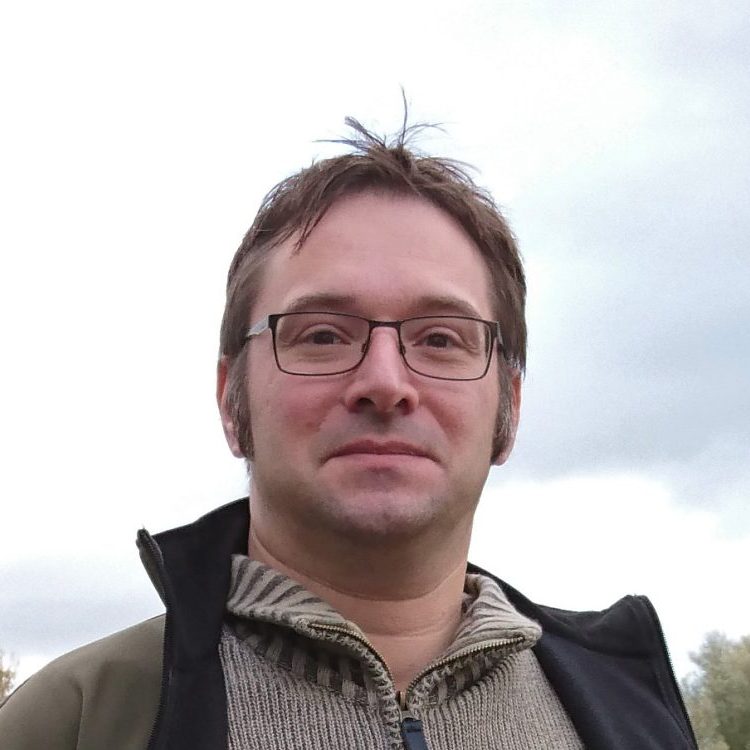
Kim M. Cohen (1973) is a Quaternary geologist and geomorphologist employed at Utrecht University. He specializes in the landscape history of the Lower Rhine and the North Sea Basin, through Pleistocene ice ages with sea-level lows and in the Holocene with sea-level risen and connecting this to the Anthropocene future. He studies the Holocene landscape in prehistoric and historic times, e.g. finding suitable grounds for prehistoric agricultural settling, tracing sedimentary evidence of medieval floods affecting valley and delta cities, mapping subsidence and breaking it down in natural and man-induced components (www.nwa-loss.nl).
-

-

I’m a geologist passionate about the outdoors and the solid-earth processes at the origin of our surrounding natural environment. My work focuses on the influence of tectonic forces on biogeography evolution. I use paleomagnetism, plate kinematics and paleogeographic reconstruction to restore the past motion and position of land fauna dispersal pathways across oceans. I worked in the eastern Caribbean islands during my PhD, a region where South-American land vertebrates dispersed toward the Greater Antilles at the Eocene-Oligocene Transition through a now vanished emerged land. Now, I’m focusing on the paleogeographic restoration of the Tethys Ocean to evaluate the impact of tectonics and climate on a massive Asian fauna dispersal toward Africa, Europe and South America around – 40 million years.
-

I am doing my PhD on fluvial geomorphology, focusing on French Alpine gravel-bed braided rivers. These rivers present a characteristic fluvial pattern with multiple channels of water intertwining in a gravelly corridor. These fluvial landscapes can be seen as the product of complex interactions between liquid discharge, solid discharge (alluvium transported by the flow) and the local morphology. However, those interactions are highly disrupted by human pressures (such as gravel mining or containment) which are profoundly changing these landscapes. Thus, the management of braided rivers faces stakes such as hazard management or ecologic. In one hand, the alluvium storage means that it can threaten human life in case of major floods. In the other hand, the presence of water, rock and soil in these rivers offers a fantastic diversity of aquatic habitats. Therefore, comprehension of the morphological trajectory of braided rivers is of uppermost interest in Alpine regions. In order to provide such knowledge, I study the spatial structuration of alluvial forms (bedforms) that make up these rivers using 3D models built from high-resolution UAV imagery.
-

I am a metamorphic geologist, that means I am interested in rocks, which went to hell and back, eclogite being the archetypal example. I translate their chemical record in terms of pressure, temperature and time. I chase down oceans’ relicts in the heart of old mountains to reconstruct the geodynamics of past eras and I interpret the rising pace and style of old mountains from single minerals (of which garnet is my fave).
-
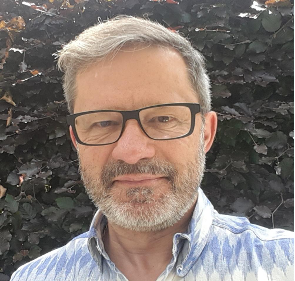
Trained as a field geologist in the Belgian Ardennes, I have been intrigued all my professional life in the ‘bewilderingly complicated’ Variscan mountain chain, which I have been studying from the Ardennes in the north, Brittany in France, Iberia in Spain and Portugal, to the Moroccan Jebilet, all the way in the south. What I like about geology, is that it is everywhere, in every landscape, in every historical building, even in the taste of a good glass of French wine … and yes, in every stage of the Tour de France.
-

-

I am Associate Professor of Tectonics and Structural Geology at the University of Birmingham (UK). I investigate large-scale tectonic processes, with a specific focus on oceanic detachment fault kinematics, subduction initiation mechanisms, and the origin of ophiolites, using paleomagnetism as main technique. I have been cycling to work every single day, under any weather, in the past 12 years!
-

Maria is a young researcher in structural geologist at the Department of Earth Science, University of Pisa (Italy). She discussed her Ph.D. thesis in 2019 at the University of Firenze (Italy) about the Alpine Corsica (France). Her work is based on the characterization of the orogenic belts by analyzing the outcrops, compiling geological maps and observing the rocks with the microscope. These studies are completed with analytical data about the mineral chemistry and the isotopic composition in order to decipher the metamorphism and the age of the rocks. She is now teaching Tectonics at the University of Pisa and she is expanding her business to other orogenic belts, such as Apennine, Alps, Sakarya, Makran, and Tianshan. During her free time, Maria loves to do cycling tourism in Corsica with her family and her daughter Greta.
-
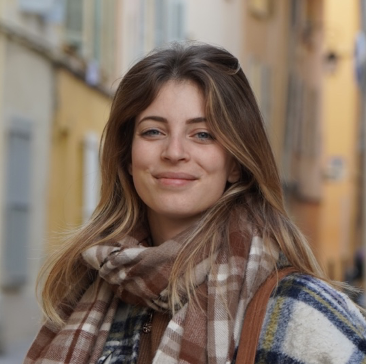
Martina is a third-year PhD student in structural geology at the University of Milano-Bicocca. She grew up in the province of Lecco and has been hiking in the Orobic Alps since she was a child. Now she is studying their intricate tectonic history (or at least she is attempting to do so) using rocks that indicate past seismic activity related to ancient faults.
-

I am a geologist working as a science coordinator at ETH Zurich and program manager of The Branco Weiss Fellowship. Before that, I worked in the fields of materials science, aerosol science and cultural heritage. I particularly enjoy translating disciplinary knowledge into other fields in order to challenge traditional views. Fun fact: Because I wanted to stay in Switzerland after my doctorate, I turned my job as a geologist into a hobby. Now I can spend all my free time in the mountains.
-

-

I’m a structural geologist studying plate tectonics. My research interests are focused on the way rocks deformed at the vicinity of tectonic plate boundaries such as subduction zones (where slab of lithosphere are going down in the mantle). Along these zones exposed at seismic and volcanic hazard, I try to understand the relationships between fault activity and volcanism and the way these geological phenomena control major geographic changes (formation and dismissal of island or land bridges) in the course of geological times. I have been fan of Tour de France before being a geologist : My grandfather initiated my during my youth to wait the caravan of the Tour de France.
-

I have been fascinated by earthquakes and tectonics ever since I saw the San Andreas fault in San Francisco and felt my first earthquake as a youngster growing up in California (USA). Today I am a professor at Utah Valley University (USA). My work includes making exacting measurements of past and current displacements of the Earth’s surface along earthquake faults using ultra-high accuracy digital topographic maps that I make using drones and GNSS. The goal is to better understand earthquake behavior and improve our ability to forecast the size and location of future earthquakes. I am also a life-long cycling fanatic, and even dabbled in the pro road and mountain bike ranks in the days before suspension. I have ridden many of the famous cols in the Alps, Pyrenees and Dolomites – but not the Cime de la Bonette, which is very much on the to-do-list.
-

Natalia Pardo is Associate Professor of the Department of Geosciences at the Universidad de los Andes in Bogotá, Colombia, a country of cycling lovers. Natalia is a geologist from the National University of Colombia (Bogotá). Motivated by the beauty of volcanic landscapes, fascinated by Earth’s dynamics, and seeking for mitigating volcanic risk, she followed a Master’s of Science degree with an emphasis in volcanology at the National Autonomous University of Mexico (UNAM), and completed a PhD in physical volcanology at Massey University, New Zealand. Natalia’s research focuses on the study of volcano geology, the physicochemical processes that trigger explosive volcanic eruptions, the mechanisms of transport and accumulation of the resulting products, the quantification of eruptive violence in Holocene volcanoes and the search for multidisciplinary strategies to bridge the gap between geoscientific knowledge and other ways of knowing and thinking the Earth System.
-

Alongside studying for my Natural Sciences degree at Loughborough University, I am an aspiring bike racer from Bedfordshire, UK. Having raced across Europe as a junior with Tofauti Everyone Active, I’ve spent the first half of my u23 career riding for an Elite Development Team in the UK, Team PB Performance, competing on the British amateur elite circuit. Now approaching my 3rd year of university, my enjoyment and intrigue of geological science has only grown since beginning my studies, with my course giving me huge flexibility over my research areas.
-

I am a geologist, specialized in Radiolaria. I spent many years as a full professor at the National Museum of Natural History in Paris. I have interest for the interaction between biosphere and geosphere. I also interested myself in the geoheritage, being in charge of the national geoheritage inventory.
-

I am an Earth Scientist who uses the information encoded in the magnetic properties of geological materials to study tectonic, climate, ecological, and environmental processes. The bread and butter of my research program focuses on how and when oceans close and mountains rise and telling time in the geologic record, but my group is also studying bacteria that make magnets, what happens to rocks during earthquakes, and air pollution in urban environments. Magnetic minerals stick all of this together! My work is based in the field and the lab, and am as much at home in high deserts as I am surrounded by scientific instruments. I’m a professor of Geology and Geophysics at the University of Utah and love showing people how to read landscapes and time all around them. I grew up glued to 30 minute highlights of the Tour de France on EPSN every July. Most of my bike riding these days is cross country mountain biking in the Western USA.
-

I am a geologist from the UK, fascinated by the processes that govern the formation of mountain belts and high plateaus. Since completing a PhD at Utrecht University in the Netherlands, I have worked at the Freie Universität Berlin in Germany, where I investigate the evolution of the Alps (mostly in Austria and Italy).
-

I am a geologist and geochemist working at the Université Libre de Bruxelles in Brussels. In 2023, I finished my PhD thesis at the Vrije Universiteit Brussel in which I reconstructed the first moments after the Chicxulub impact event in Mexico. In other words: that asteroid that killed off the (non-avian) dinosaurs 66 millions years ago! The time period of the Cretaceous fascinates me tremendously, and currently I am studying the bones and ancient habitat of the famous Iguanodon dinosaurs from the natural history museum in Brussels. After living in Belgium now for more than six years, I fell in love with their love for ‘de Koers’ and the geology of the Ardennes. Even for me, as a Dutchie, climbing a cobblestone hill is not too bad if at the end of your bike ride a Trappist beer is waiting.

-
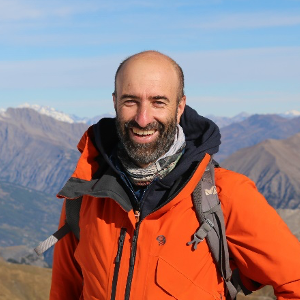
The common denominator of my research activity is the understanding of geomorphology as a result of the interactions between tectonic and climatic processes. My current research aims in particular to quantify the impact of glacier retreat on seismicity and the behavior of active faults. Tierra del Fuego (southern Patagonia) and the Western Alps are my favorite places to understand these phenomena.
-

Richard primarily conducts field- and laboratory-based studies combining metamorphic petrology, structural geology, and geochemistry to investigate the evolution of the lithosphere from the micro- to the macro-scale. His areas of current research interest include studying fluid–rock and melt–rock interactions in the crust, and performing comparative studies of the early Earth with other rocky bodies in our solar system to quantify how metamorphic and magmatic processes and products have changed though geological time. He completed his DPhil (PhD) at the Department of Earth Sciences, University of Oxford, UK, in 2013, where he studied the thermal and structural evolution of parts of the Himalayan Range and Tibetan Plateau. After working in Germany and Colorado, USA he returned to the University of Oxford as Associate Professor of Petrology, where he is involved in several projects related to studying the evolution of the early Earth, the genesis of critical metal-bearing magmas, and machine learning applications for mineral exploration.
-

I am a preparator at the Naturalis dinosaur lab since 2014 and long time avid collector and preparator of Albian cephalopods. I love cutting precious opals and am mesmerized when it comes to opalized fossils. An opalized ammonite is on my most wanted list. Besides my passion for the beauty and diversity for extinct and extant nature, minerals and geology, I work as a senior financial advisor and coordinator at Rijksdienst voor Ondernemend Nederland.
-

I am a Ph.D. student at the University of Utah, where I consider myself a hybrid researcher in the liminal space somewhere between and geologist and seismologist. I am primarily fascinated by earthquakes, hazards, and seismotectonics. My Master’s thesis focused on simulating earthquakes in the Wasatch Front and subsequent hazards analysis, and for my Ph.D. I am investigating enigmatic mantle seismicity in the western U.S. I love understanding the broader tectonic history of western North America, not only is it fascinating scientifically but also provides me with excellent mountain biking trails to which I have no complaints!
-

Simon M Jowitt is currently the tenured Director of the Ralph J. Roberts Center for Research in Economic Geology and the Arthur Brant Chair of Exploration Geology at the University of Nevada Reno, Nevada, USA. He has degrees from the University of Edinburgh, the Camborne School of Mines, and the University of Leicester, all in the UK and has worked at Monash University in Melbourne, Australia and at the University of Nevada, Las Vegas, USA. His research focuses on mineralizing geological systems, global metal resources, and the impact of the energy transition and COVID-19 on the global minerals industry. Simon also studies the environmental impact of mining and the potential uses of mining and other wastes for metal production and CO2 sequestration. He has published more than 110 scientific papers and peer-reviewed book chapters since 2010, is currently the Vice-President for Student Affairs for the Society of Economic Geologists (SEG) and was awarded the SEG’s Waldemar Lindgren Award in 2014.
-
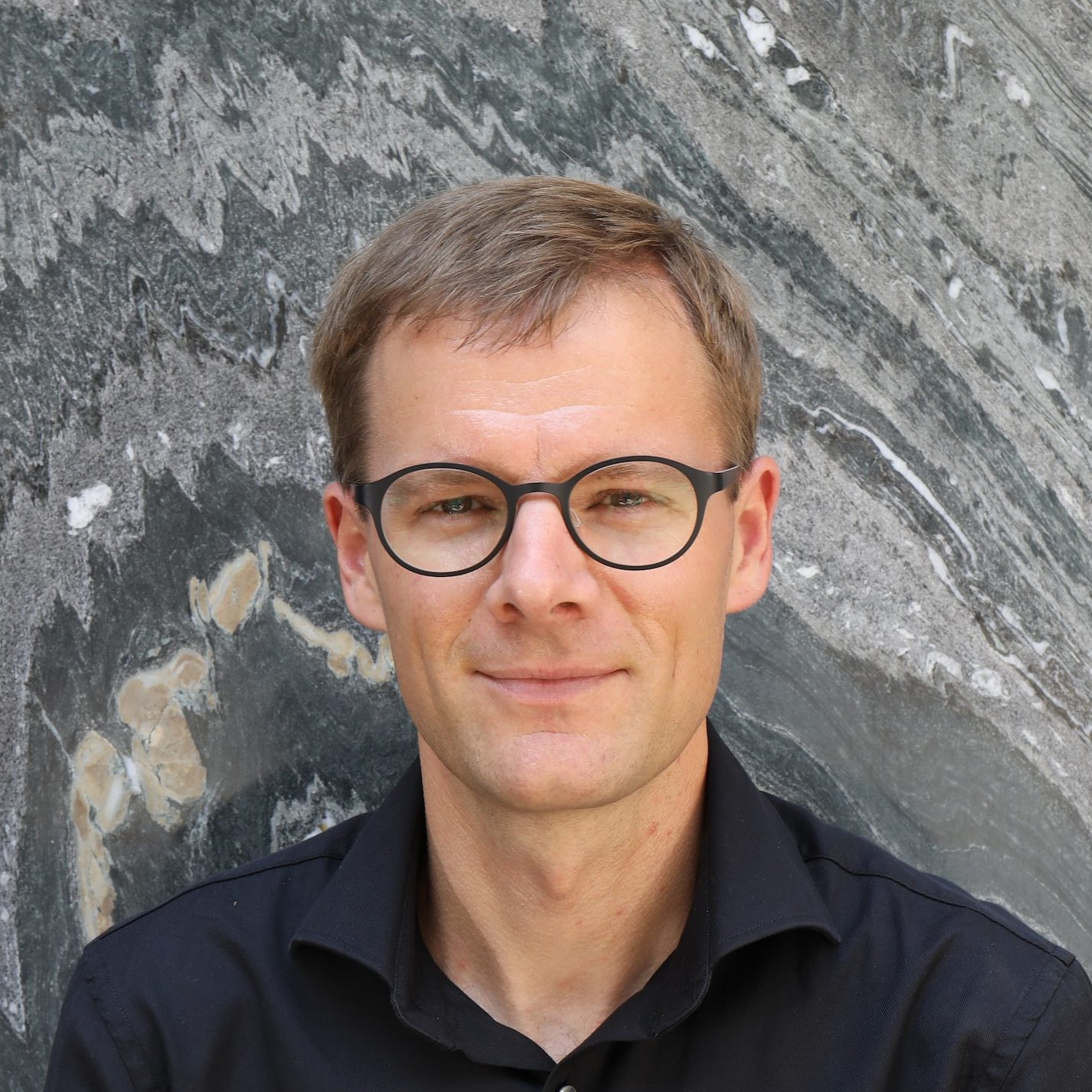
I am structural geologist and an enthusiastic cyclist preferably climbing beautiful cols in the Alps. Currently, I work as a senior scientist and lecturer at the Department of Earth and Planetary Sciences at ETH Zurich. My work focusses on leading the Georesources Switzerland Group doing applied research on Swiss geological resources from Quaternary gravel and sand deposits at the surface, to cement and aggregates raw materials in the Alps and Jura mountains, to deeply buried reservoir rocks and tectonic faults in the North-Alpine Molasse Basin.
-

-

Stephen Johnston is a professor and chair of the Department of Earth & Atmospheric Sciences of the university of Alberta, Edmonton in Canada. As a geologist he has worked as an exploration geologist for Shell, as a project geologist for the BC and Yukon geological surveys, and as a professor of Geology at the University of Durban-Westville, South Africa, and the University of Victoria before his current position at the University of Alberta. Stephen has visited stages in the Vuelta de Espana and the Giro d’Italia, but laments the fact he hasn’t ticked the Tour de France off just yet.
-

-
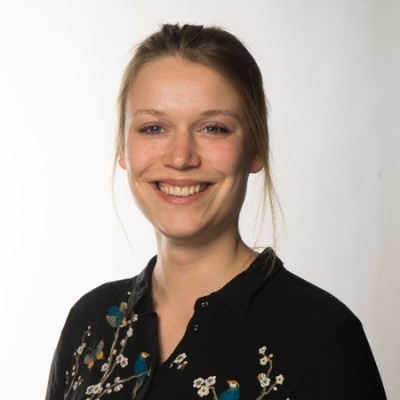
I am trained as a geologist and palaeoclimatologist and currently work for Utrecht University to study the Triassic–Jurassic boundary. During my PhD at the University of Exeter (UK), I explored the Jurassic world from a terrestrial perspective and looked at the interaction between climate and wildfires in this time period. Understanding wildfire activity during the Jurassic, a time of global warming, informs us about a changing wildfire regime under current climate change. Being back in the Netherlands I very much enjoy cycling to work and everywhere else again!
-

I am a PhD student at INRAE (Institut National de Recherche pour l’Agriculture, l’alimentation et l’Envrionnement), working on the problematic of debris flows triggering. In a nutshell, a debris flow is a specific type of torrential process characterized by a moving mass composed of water and at least 50 % of various solid components (rocks, soil, mud, …). Unlike a landslide, a debris flow is capable of travelling very long distances at very high speed. With such characteristics, it is obvious that such a process can be very destructive, and so understanding how they are triggered is a key factor in debris flow risk management and public safety. More specifically, my PhD focuses on the meteorological (how long does a rain event have to last to trigger a debris flow ? at what intensity ?) and geomorphological (what parameters make a terrain more likely to trigger a debris flow ?) thresholds for debris flow triggering in the Southern Alps, with the long-term aim of contributing to an Early Warning System (EWS).
-
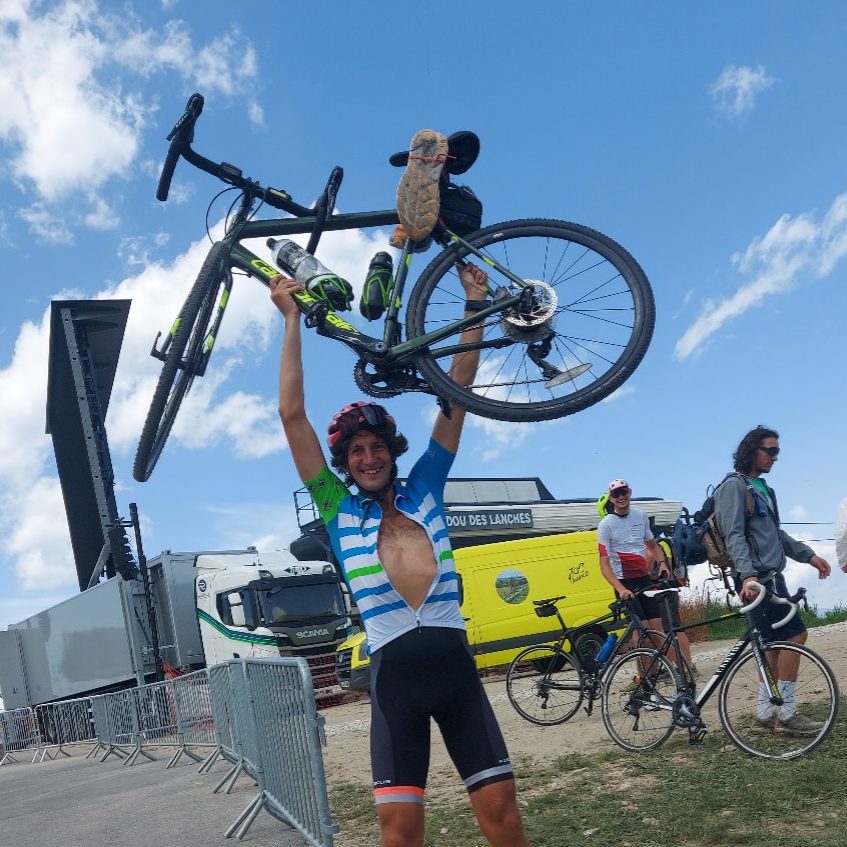
Thomas Lamont is a geologist who is interested in the link between mountain building processes and the formation of mineral deposits. A lover of the outdoors and mountains, his interest in geology first sparked on a visit to the Alps as a teenager, where he found geology perfectly aligned with his passion for running, cycling, mountaineering and snowboarding. He obtained a masters degree and DPhil (PhD) at the University of Oxford in 2019, where he investigated mountain building processes in the Cyclades, Southern Greece (the eastward equivalent to the Alps). He is joining the University of Nevada, Las Vegas in summer 2024 as an Assistant Professor in structural geology and tectonics, and he is looking forward to investigating mountain building and mineralisation processes in the Western USA, as well as enjoying running and cycling and the outdoors!

-

In my research I study the motions of tectonic plates. I use computer models to integrate data from the world’s oceans and mountain ranges to determine how plates moved in the geologic past, and eventually also understand why they moved that way. In my spare time you can find me in the Alps: if there is enough snow I bring my skis, but otherwise I take my bike!
-
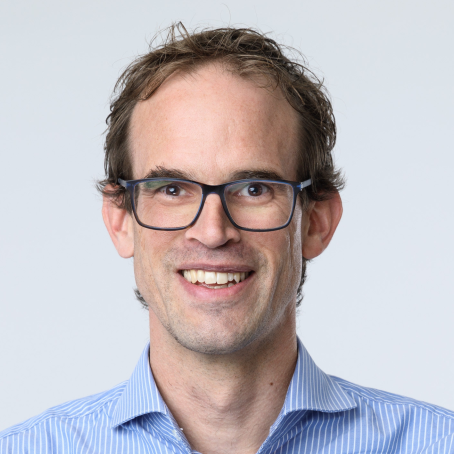
-

Walter Immerzeel is professor in mountain hydrology at Utrecht University. He led a young team of scientists and led many research expeditions to the Himalaya. His research focuses on climate change and snow, ice and water in the mountains at different scales. New documentary on Youtube
-
